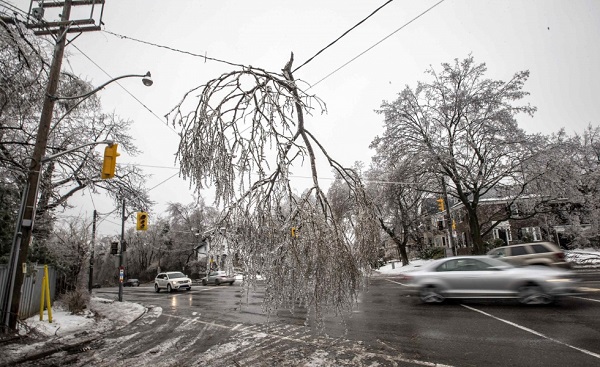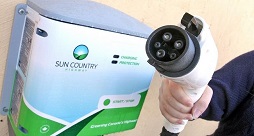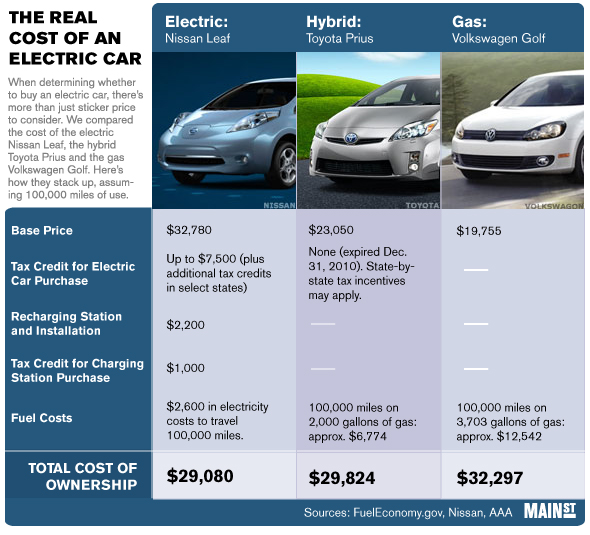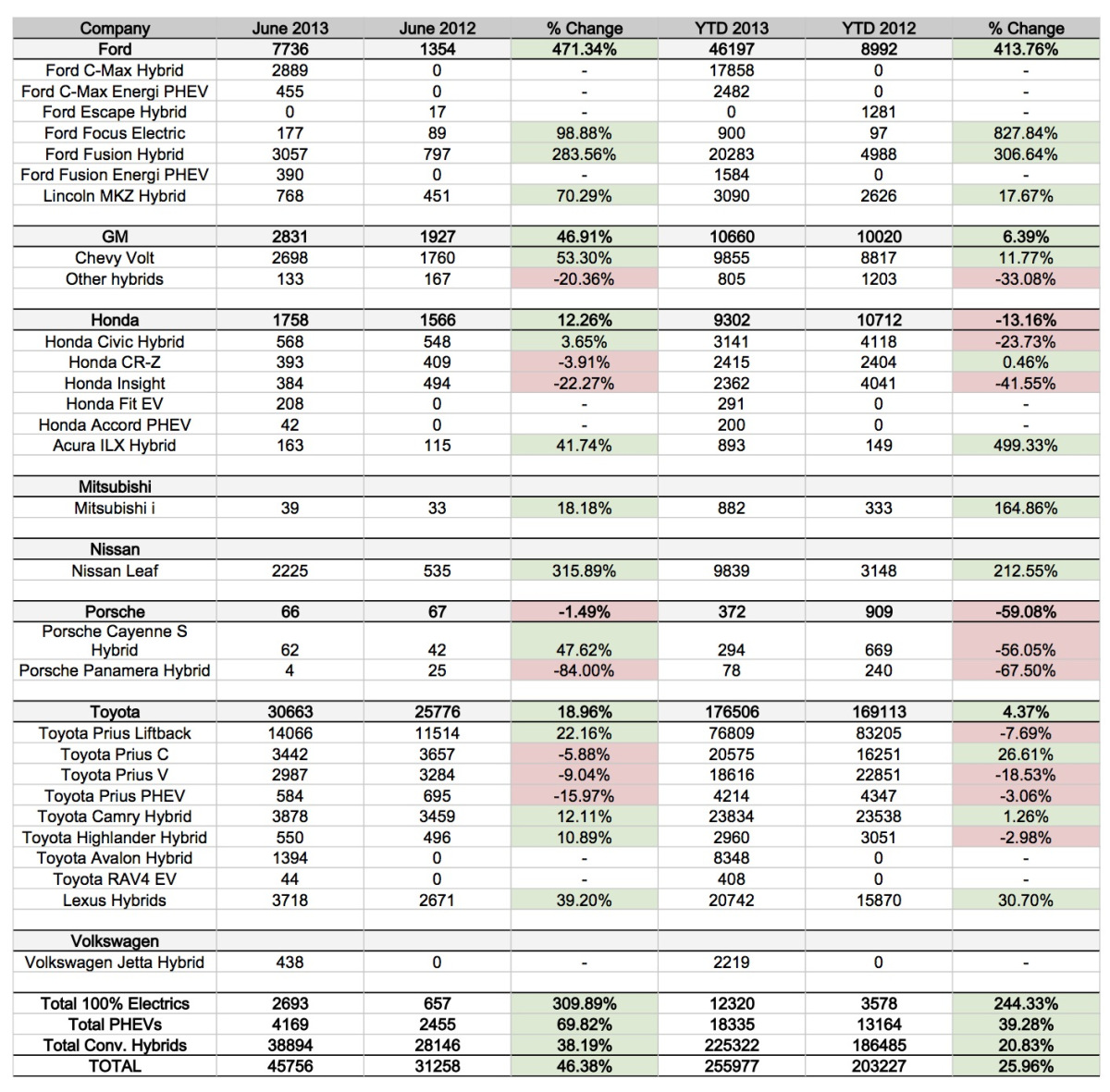It is impossible to imagine the modern world without electricity. We are dependent on an uninterrupted source of power and when it fails the consequences are devastating.
Over the past decade there have been 50 significant power-outage events occurring in 26 countries, and the demand for electricity continues to grow stronger with rapid population growth, compact urban areas and an ‘addiction’ to electric appliances. In their article “Exergy and the City: The Technology and Sociology of Power (Failure),” Hugh Byrd and Steve Matthewman predict that these blackouts are only a dress rehearsal for a future in which they will appear more frequently and with greater severity.
The authors highlight the frail electrical power system of the ‘privileged’ West where it is taken for granted that there will be a continued stable supply of electricity for the distant future.
Electrical power generation and distribution is more vulnerable than we might assume due to poor investment in infrastructure and many power grids operating close to capacity. Over the past 30 years, the demand for electricity has increased by 25%, while the construction of transmission faculties has fallen. It is argued that it will take large investments in electric utilities to meet future demand.
With our electrical infrastructures under threat, our dependence on electricity and our vulnerability when a blackout occurs are exposed; the economic damage of power outages and quality disturbances are estimated to cost the American economy between $25 and $180 billion per annum, although the indirect costs could be up to five times higher.
Blackouts affect the economy and our everyday lives in a number of ways. Without electricity, food provisions are compromised as a lack of refrigeration means food cannot be stored safely, leading to increased risk of food poisoning; security systems fail and the crime rate increases, as it amplifies the opportunity for fraud, theft and exploitation.
A lack of power also causes an immediate and prevalent problem for transport systems; traffic lights fail, rail systems come to a stop and air transport becomes compromised due to the loss of communications and unlit runways.
Despite a frail electrical infrastructure and the consequences of blackouts, our dependency on electricity continues to intensify, fuelled in part by consumer ‘addictions’ to electronic devices, air conditioning and, in the future electric vehicles.
Electricity demands will become even greater as our resources become constrained due to the depletion of fossil fuel, a lack of renewable energy sources, peak oil and climate change. As we become more dependent on an uninterrupted supply of electricity for our comfort, security, communication systems, transport, health and food supply…what will happen when the lights go out?








; ?>wp-content/themes/srptheme/images/Studion.png)